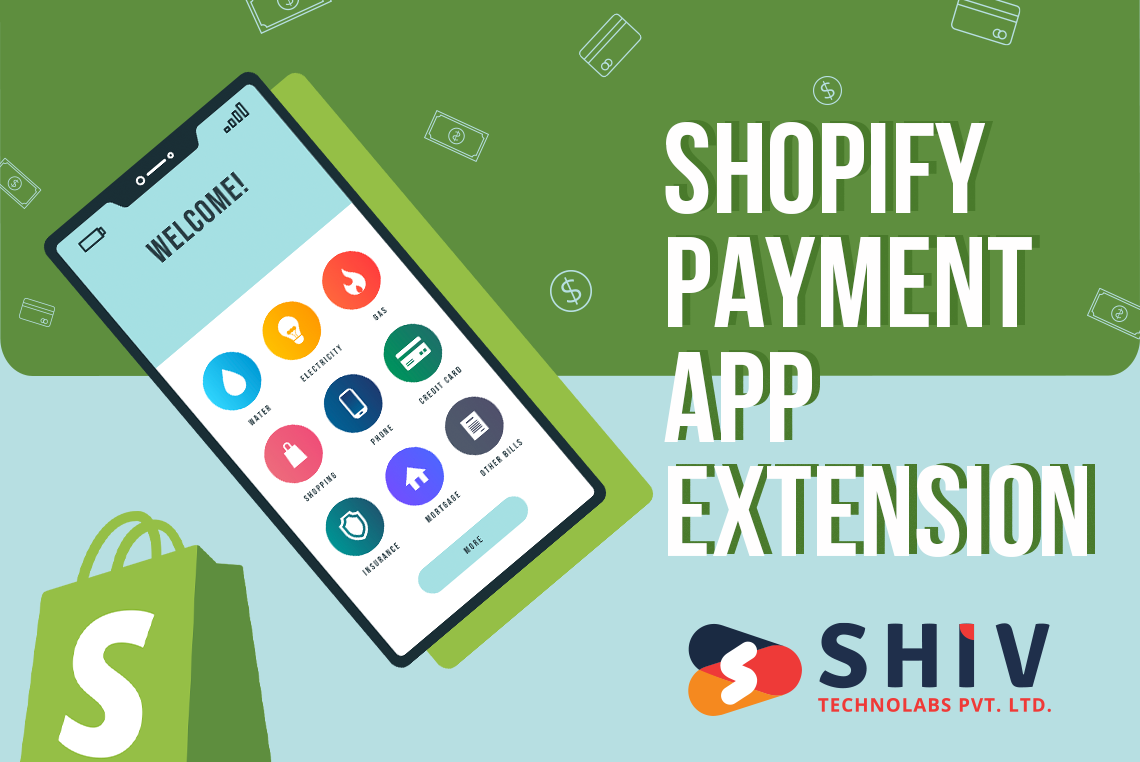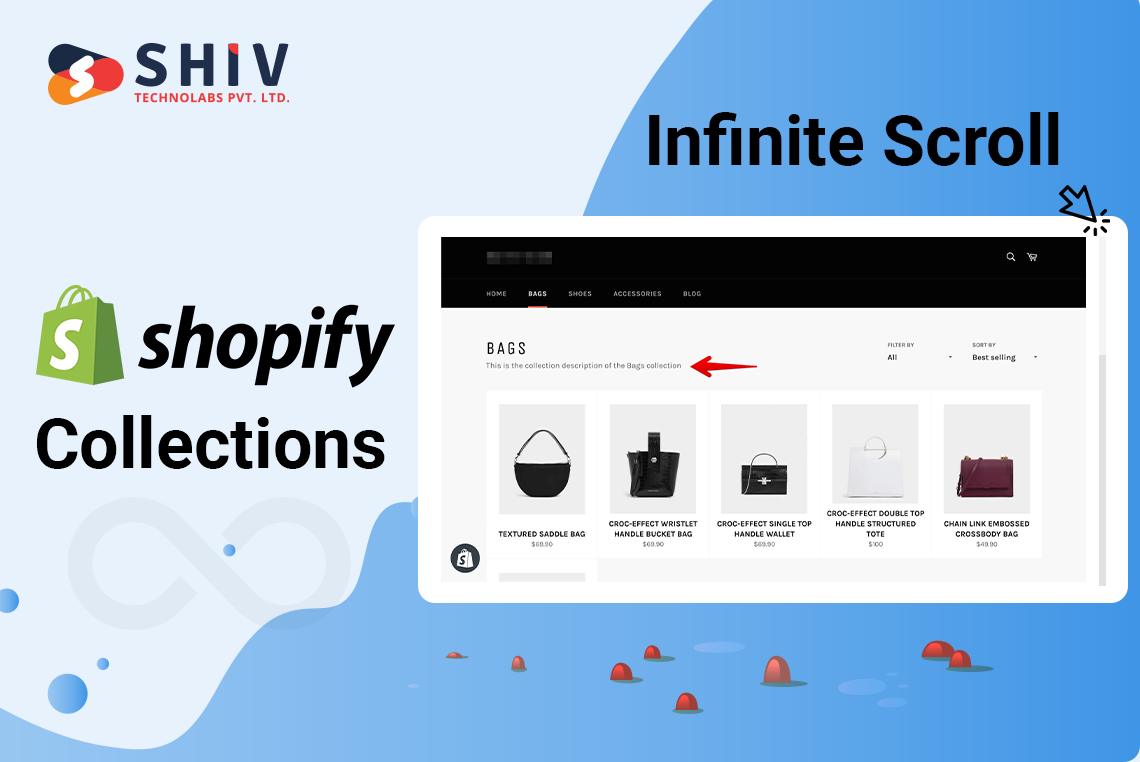Table of Contents
Shopify powers thousands of eCommerce businesses around the world, offering merchants a powerful platform to build and manage online stores.
But for businesses with unique workflows, complex product catalogs, or external system dependencies, built-in tools alone aren’t always enough. That’s where the Shopify API comes in.
Shopify API integration allows developers to interact directly with store data—products, orders, customers, and more—to build custom features, apps, and system connections.
Partnering with a Shopify development company can help businesses implement these solutions efficiently, ensuring reliable performance and seamless connectivity across platforms.
For businesses aiming to create scalable, efficient digital commerce systems, the Shopify API provides the flexibility needed to move beyond standard functionality.
In this blog, we explain what the Shopify API is, how it works, and the different types available.
What Is Shopify API?
Shopify API is a set of programmatic interfaces that enable apps and external systems to communicate with a Shopify store. Through these APIs, you can fetch, update, and manage store data such as:
- Products and variants
- Inventory and pricing
- Orders and fulfillment details
- Customers and tags
- Discounts and coupons
- Storefront configurations
Whether you are looking to build a custom Shopify app or connect your store to an external ERP or CRM, Shopify’s APIs allow these systems to work together efficiently.
How Does Shopify API Work?
Shopify API works by exposing endpoints that developers can call through HTTP requests. These endpoints allow secure data exchange between your Shopify store and other applications.
There are two core formats used to interact with Shopify data: REST and GraphQL.
# REST API
The REST API follows a traditional structure, where each resource (such as orders or products) has a fixed set of endpoints. Developers use HTTP methods (GET, POST, PUT, DELETE) to retrieve or modify data.
Example use cases:
- Add new products to your store
- Retrieve customer order history
- Update inventory quantities
- Delete outdated products
REST is ideal for developers familiar with conventional API formats and suits most app development needs.
# GraphQL API
Shopify’s GraphQL API provides a more efficient and flexible way to query data. Instead of making multiple calls to retrieve related pieces of data, you can request exactly what you need in a single query.
Benefits of GraphQL in Shopify app development include:
- Reduced data load
- Improved response speed
- Precise data fetching tailored to front-end requirements
Types of Shopify APIs for App and Store Development
Shopify offers multiple APIs, each designed for a specific use case. Here’s a breakdown of the most widely used APIs in Shopify app development:
# Admin API
The Admin API provides full access to backend store data, making it the foundation for most custom apps and integrations.
You can use the Admin API to:
- Manage products, collections, and inventory
- Create and update customer records
- Handle orders, fulfillments, and refunds
- Control discount codes and pricing rules
This API is available in both REST and GraphQL formats and requires proper authentication for security.
# Storefront API
The Storefront API is designed for custom front-end development, such as building a mobile app or a headless eCommerce storefront.
Key features of the Storefront API include:
- Displaying product details and pricing
- Managing shopping cart sessions
- Processing customer checkouts
- Enabling customer account registration and login
This API supports personalized experiences and is widely used in Shopify headless commerce projects.
# Partner API
Used by Shopify Partners, this API supports automation for app developers, theme creators, and service providers. It is useful for managing client stores, tracking performance, and automating billing.
# Payments Apps API
This API is used to build custom payment gateways for Shopify stores. Due to the sensitive nature of payment processing, this API has strict requirements around compliance and data security.
# Webhooks
Webhooks allow your app or system to receive real-time updates from the store. When certain events happen, like a new order or product update, Shopify can automatically notify your system.
Popular use cases for Shopify webhooks:
- Send SMS alerts when orders are placed
- Sync external inventory when products are updated
- Notify customer service when a refund is processed
These APIs form the foundation of Shopify app development and store customization.
Practical Use Cases for Shopify API Integration

Shopify API development opens up a wide range of possibilities for businesses that want to go beyond standard functionality. Here are a few examples where Shopify API integration adds value:
- Automate inventory updates between your Shopify store and warehouse management software
- Build a custom app that applies discounts based on loyalty or purchase behavior
- Develop a mobile app connected to your Shopify storefront using the Storefront API
- Sync order and shipping data with your ERP system
- Create an analytics dashboard that tracks product performance in real-time
Steps to Get Started with Shopify API Development
If you’re planning to connect Shopify with external platforms or build a custom app, here’s how the process works:
# Step 1: Create a Shopify Partner Account
A Shopify Partner account provides access to development tools, test stores, and API documentation.
# Step 2: Register a Custom or Public App
You’ll need to create an app and get API credentials (client ID, secret key) that allow secure communication between your app and the Shopify store.
Types of apps:
- Custom Apps: For private use, tied to one store
- Public Apps: For distribution via Shopify App Store
# Step 3: Define Required API Scopes
Scopes determine what parts of the store your app can access. For example, you might request read access to orders or write access to products.
# Step 4: Authenticate API Requests
Shopify uses OAuth and access tokens for secure authentication. Your app must authenticate each request to read or update store data.
# Step 5: Build API Requests Using REST or GraphQL
Depending on the API you choose, format your requests to perform tasks like creating products, fetching customers, or updating order statuses.
Shopify API Rate Limits and Performance Tips

Shopify applies rate limits to prevent server overload. The REST API and GraphQL API have different rate limits, and exceeding them can temporarily block your app from making new requests.
Tips to avoid performance issues:
- Use GraphQL for efficient data querying
- Cache non-critical data locally
- Queue and throttle bulk operations
- Handle API errors and retries gracefully
Why Choose Shiv Technolabs for Shopify API Integration?
At Shiv Technolabs, we specialize in Shopify API development, app creation, and third-party integration for stores of all sizes. As a trusted Shopify app development company, we help businesses create reliable, scalable solutions by building on Shopify’s API architecture.
What we offer:
- Custom Shopify app development (private and public)
- Shopify REST and GraphQL API integration
- Headless storefront development with Storefront API
- System integration with ERPs, CRMs, and mobile apps
- Post-launch support and app maintenance
Whether you’re looking to connect Shopify with your internal software or create a customer-facing app, our development team delivers solutions tailored to your technical requirements.
Contact Shiv Technolabs today!
Final Thoughts
Shopify API development plays a key role in modern eCommerce success. It allows store owners, developers, and Shopify Partners to build tools and workflows that go beyond built-in features.
By working with a Shopify app company like Shiv Technolabs, you can build custom Shopify apps, automate processes, and connect your store with external systems—all powered by the flexibility of the Shopify API.
If you’re looking to extend your store’s functionality or integrate advanced features, now is the time to hire Shopify developers who understand the platform inside out.























